Antique clocks offer a fascinating glimpse into the artistry and ingenuity of past centuries. Collectors and enthusiasts treasure these timepieces not just for their functionality, but for their historical significance and exquisite craftsmanship. Here are some of the most unique and rare antique clocks that stand out for their beauty and technical achievements.
Horloge Comtoise
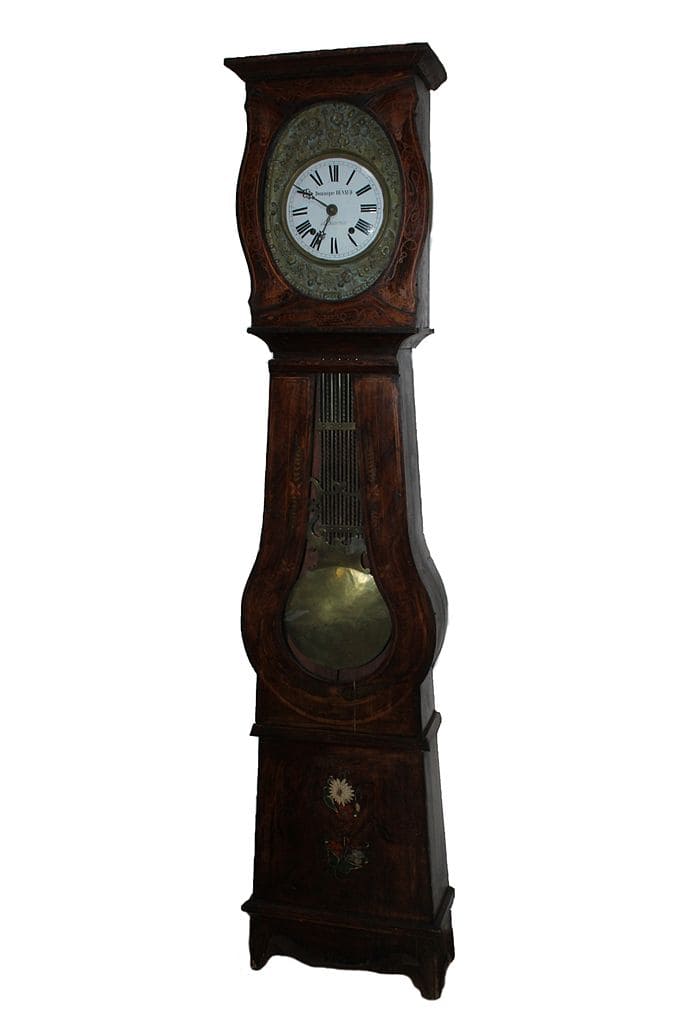
The Horloge Comtoise, also known as the Comtoise clock, hails from the Franche-Comté region of France and dates back to the late 17th century. These tall, weight-driven clocks were typically housed in wooden cases adorned with decorative elements reflecting rural life and natural motifs. The Comtoise clock is renowned for its distinctive long pendulum, often with a decorative bob, and a bell strike mechanism that chimes the hours. The clocks feature large, colorful dials, frequently made of enamel, and are enclosed in wooden cases with intricate carvings and painted scenes. Well-preserved Horloge Comtoises can fetch $1,000–$10,000 or more.
Black Forest Cuckoo Clock
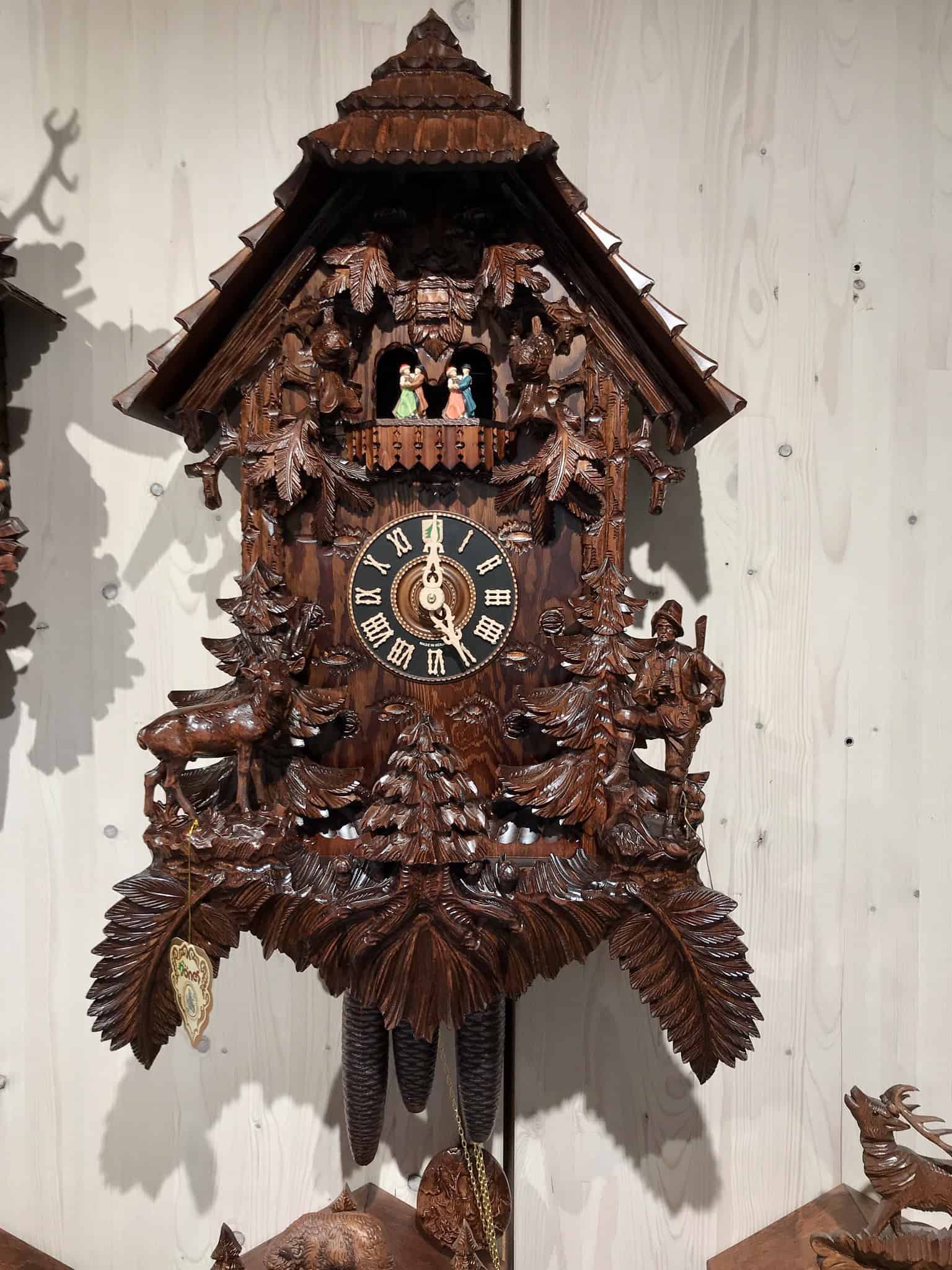
Originating from Germany’s Black Forest region in the 18th century, cuckoo clocks are known for their charming bird automaton that announces the hour. These clocks feature intricate wood carvings and mechanical ingenuity. Each clock is a unique piece of folk art, often depicting nature scenes or traditional German life. Depending on age, craftsmanship, and condition, Black Forest cuckoo clocks can be valued from $1,000 to $50,000.
Bracket Clock by John Ellicott
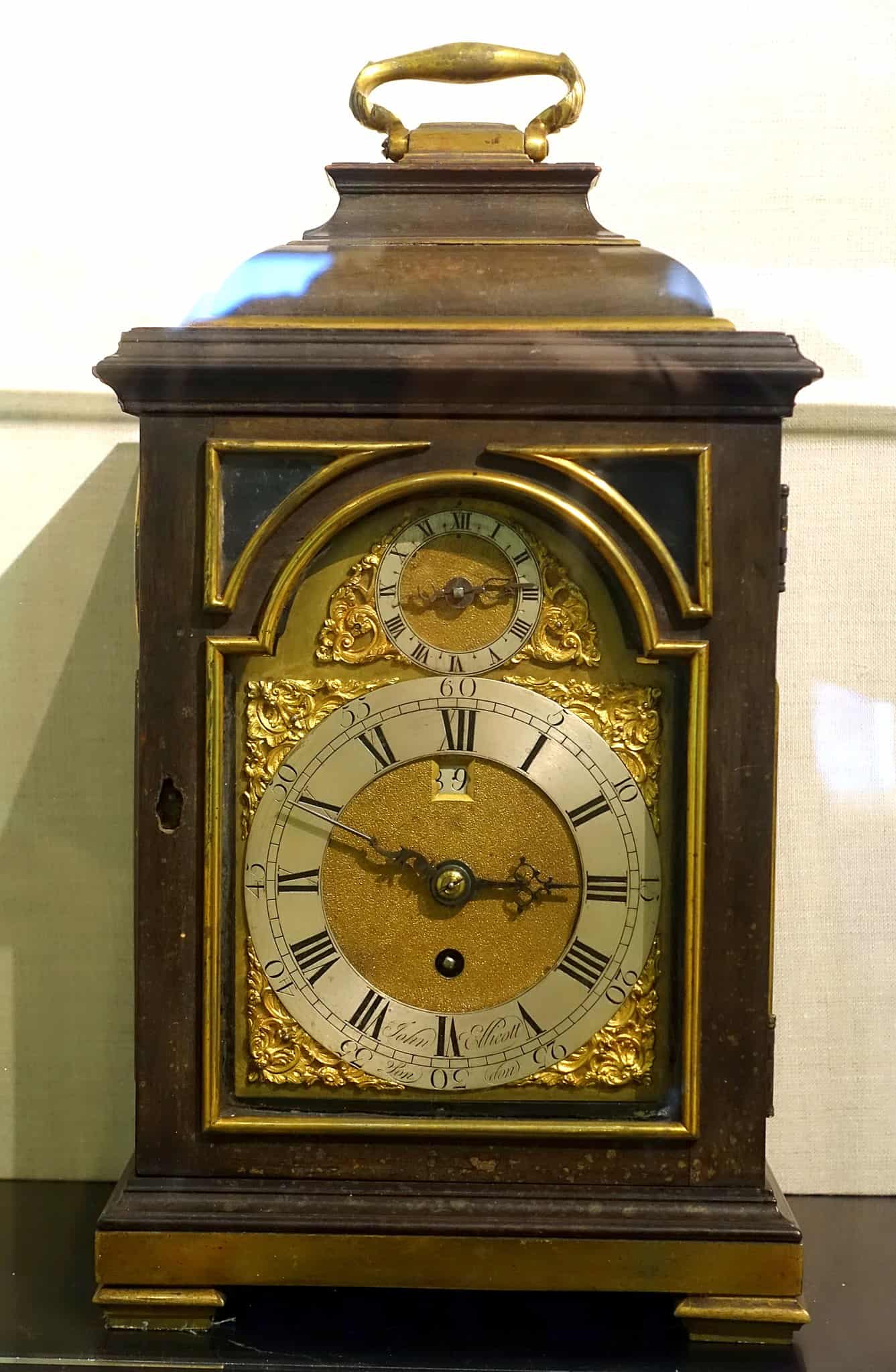
John Ellicott, an esteemed 18th-century English clockmaker, is known for his elegant and precise bracket clocks. These clocks were often placed on brackets or shelves and featured intricate designs. Ellicott’s use of the compensated pendulum and high-quality movements ensured exceptional accuracy. These clocks are highly collectible, with values often exceeding $50,000, depending on their condition and historical significance.
French Empire Mantel Clock
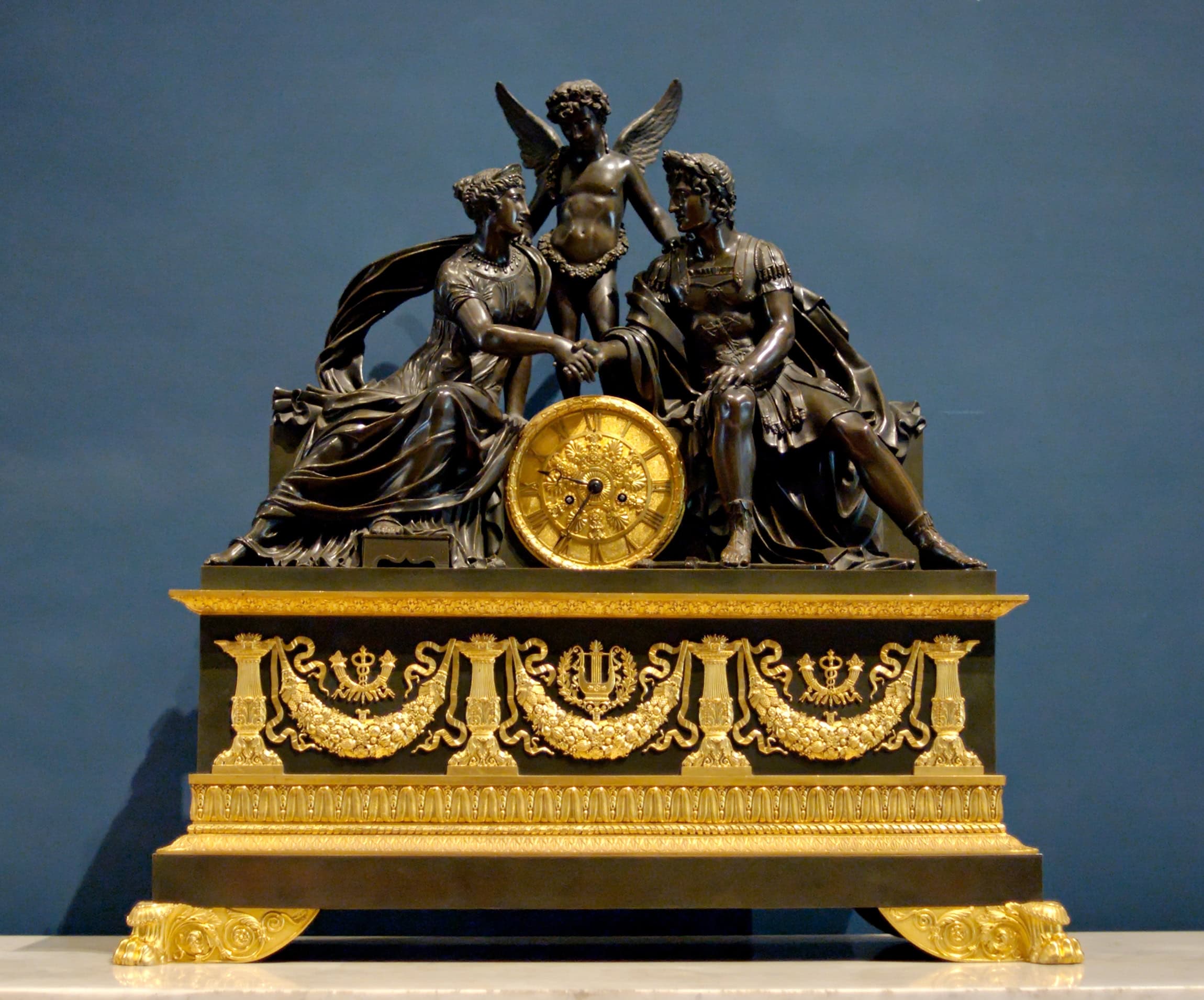
Created during the early 19th century, French Empire mantel clocks are celebrated for their neoclassical design and elaborate decoration. These clocks often incorporate motifs inspired by ancient Greece and Rome. Gilded bronze figures and detailed craftsmanship are hallmarks of these clocks. Depending on the maker and intricacy of the design, these clocks can be valued at $10,000 to $100,000 or more.
Boulle Cartel Clock
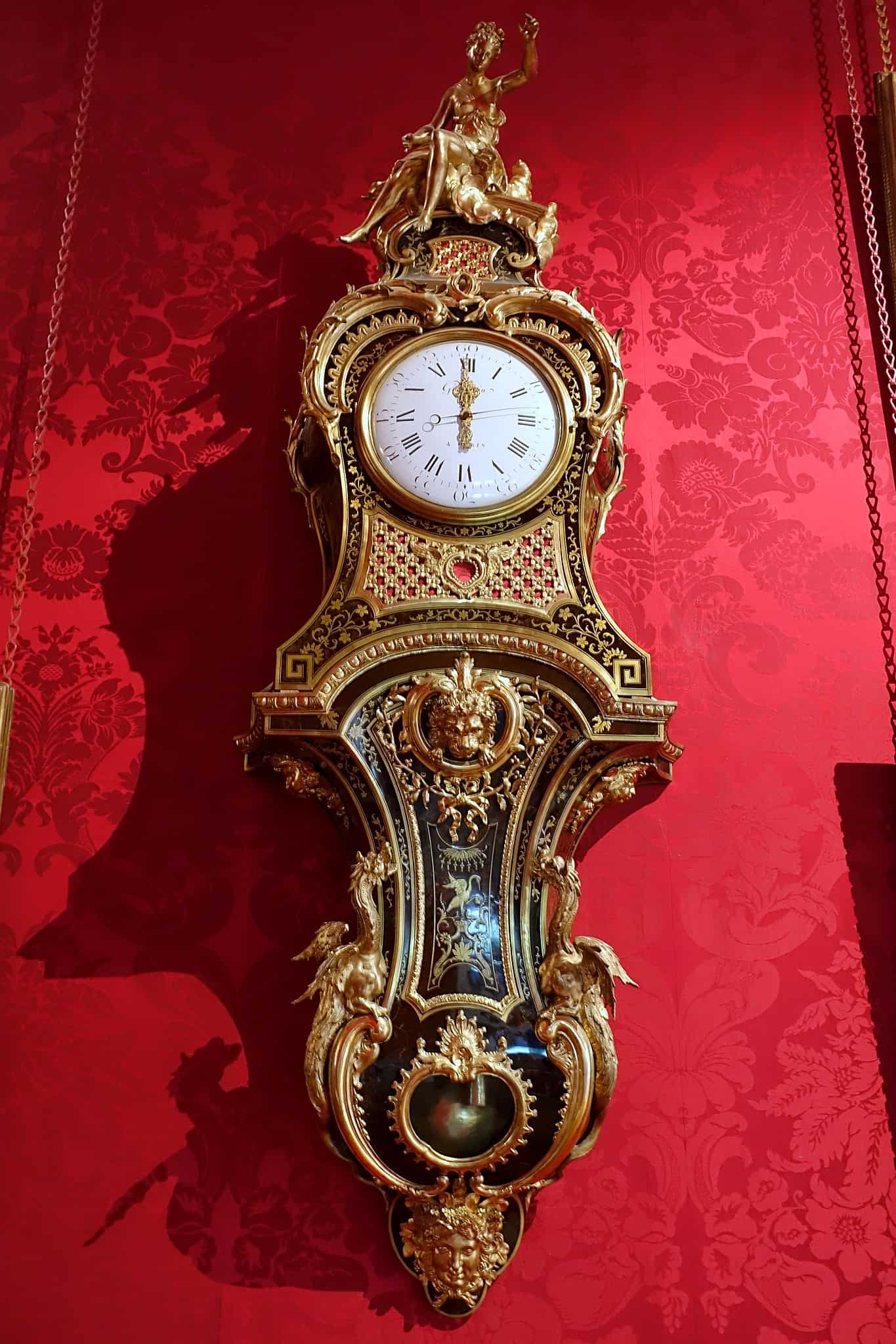
André-Charles Boulle, a master French cabinetmaker, crafted the Boulle Cartel Clock in the late 17th century. These wall clocks are famous for their luxurious marquetry and gilded bronze decorations. The combination of tortoiseshell, brass, and other materials in intricate designs exemplifies the Boulle technique. These clocks are not only timekeepers but also works of art, often valued at over $100,000.
Longcase Astronomical Regulator by Ferdinand Berthoud
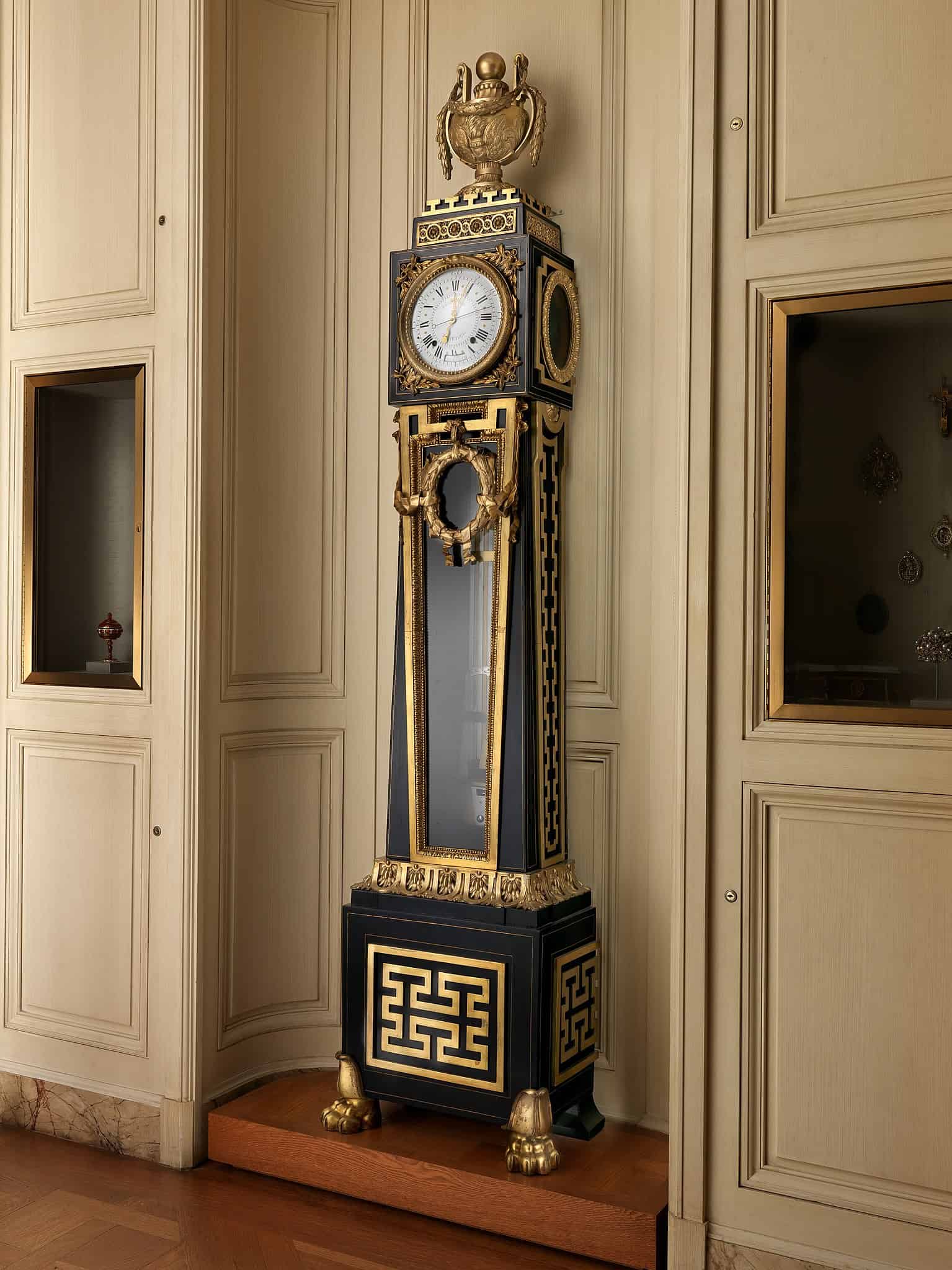
Ferdinand Berthoud, an eminent Swiss clockmaker of the 18th century, created the Longcase Astronomical Regulator. This exceptional timepiece was designed for precise astronomical observations and timekeeping. Berthoud’s regulators were known for their accuracy, making them indispensable in scientific and observatory settings. The clock features highly accurate movements, including a sophisticated escapement mechanism that ensures minimal time deviation. Its elegant and sturdy longcase often incorporates fine wood and detailed inlay work, reflecting the high craftsmanship of the era. This clock can fetch $200,000–$500,000 at auction.
Longcase Clock by David Roentgen
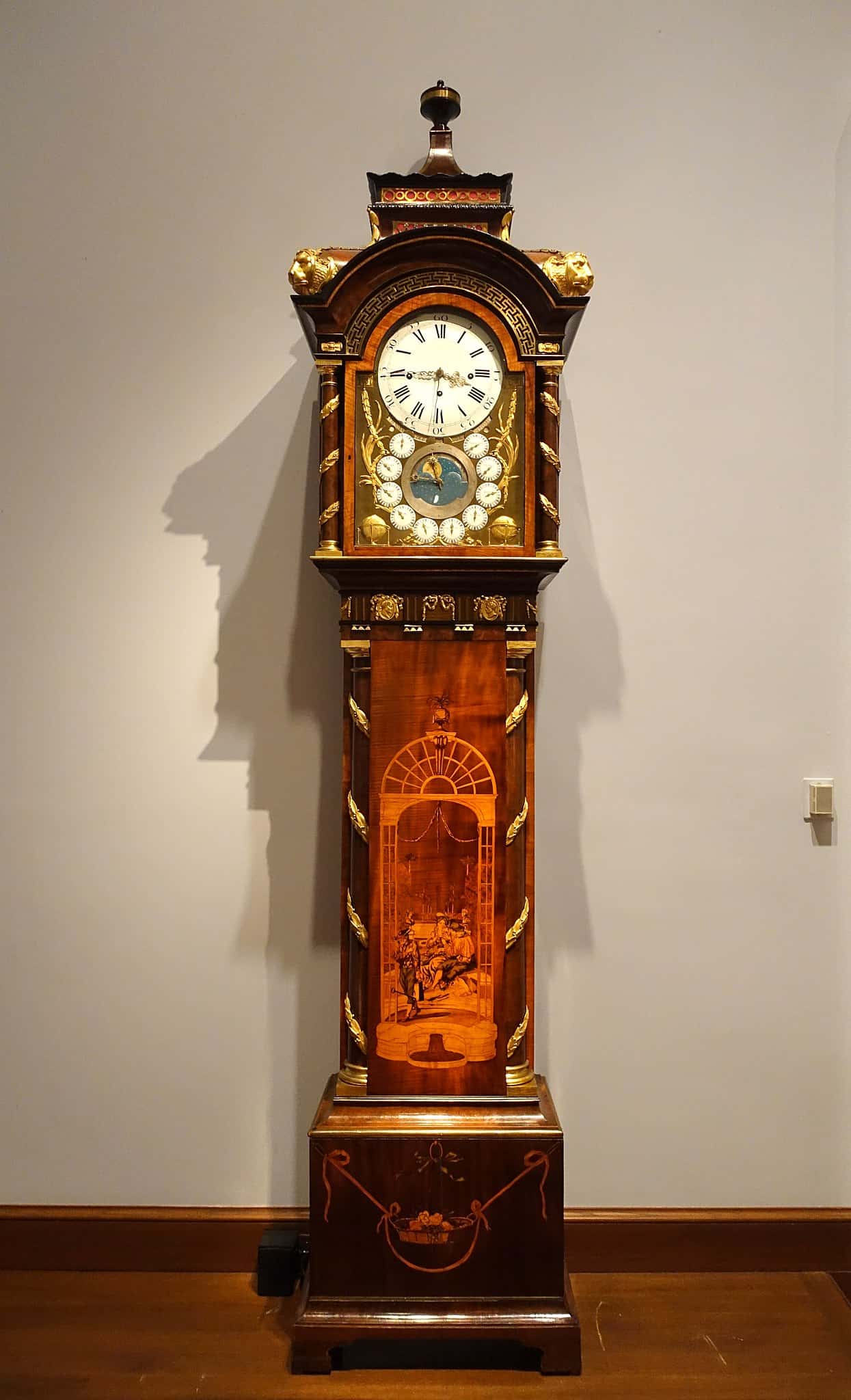
David Roentgen, a renowned German cabinetmaker of the 18th century, crafted this magnificent longcase clock. Known for its elegant and intricate marquetry, this clock showcases Roentgen’s exceptional woodworking skills. The clock often features hidden compartments and complex mechanisms, reflecting the ingenuity of its maker. These timepieces are highly prized by collectors, with values ranging from $200,000 to $500,000, depending on their condition and provenance.
Tompion & Banger Carriage Clock
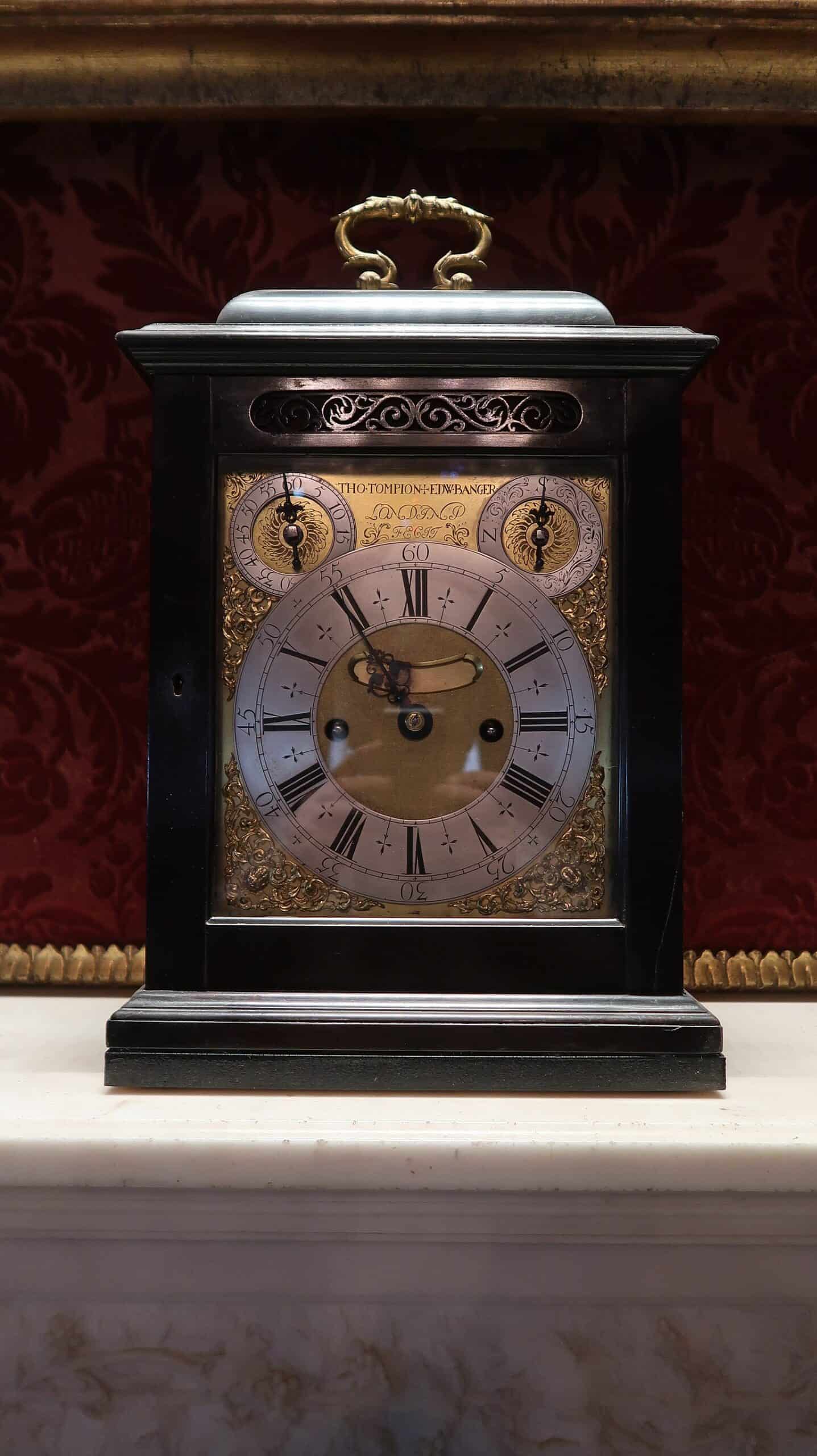
This carriage clock, created by Thomas Tompion in collaboration with Edward Banger, dates back to the early 18th century. The partnership between Tompion and Banger produced some of the most exquisite timepieces of the era. The clock is known for its robust build, precision, and beautiful gilt-brass casing. It reflects the pinnacle of English clockmaking and can be valued at several hundred thousand dollars. As of recent auctions and sales, a well-preserved Tompion & Banger Carriage Clock can be valued anywhere from $500,000 to $1,000,000 or more.
Pendule Sympathique by Abraham-Louis Breguet
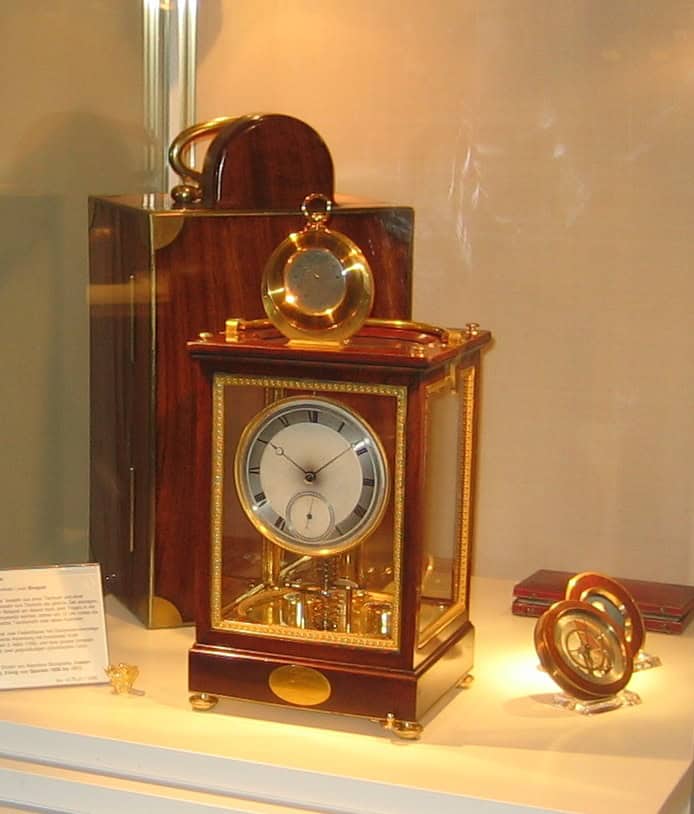
In the early 18th century, Abraham-Louis Breguet produced the Pendule Sympathique, one of the most advanced and complex watches of its day. These clocks were designed to synchronize with a detachable pocket watch, automatically resetting and winding it when placed in a special cradle on the clock. The clock’s elegant mechanism comprises precise movement and a custom cradle that keeps the pocket watch in sync with the main clock. The Pendule Sympathique is uncommon and valuable, frequently costing over $1 million depending on its condition, provenance, and historical significance.
This article originally appeared on Rarest.org.
More from Rarest.org
13 Most Elusive Marine Mollusks
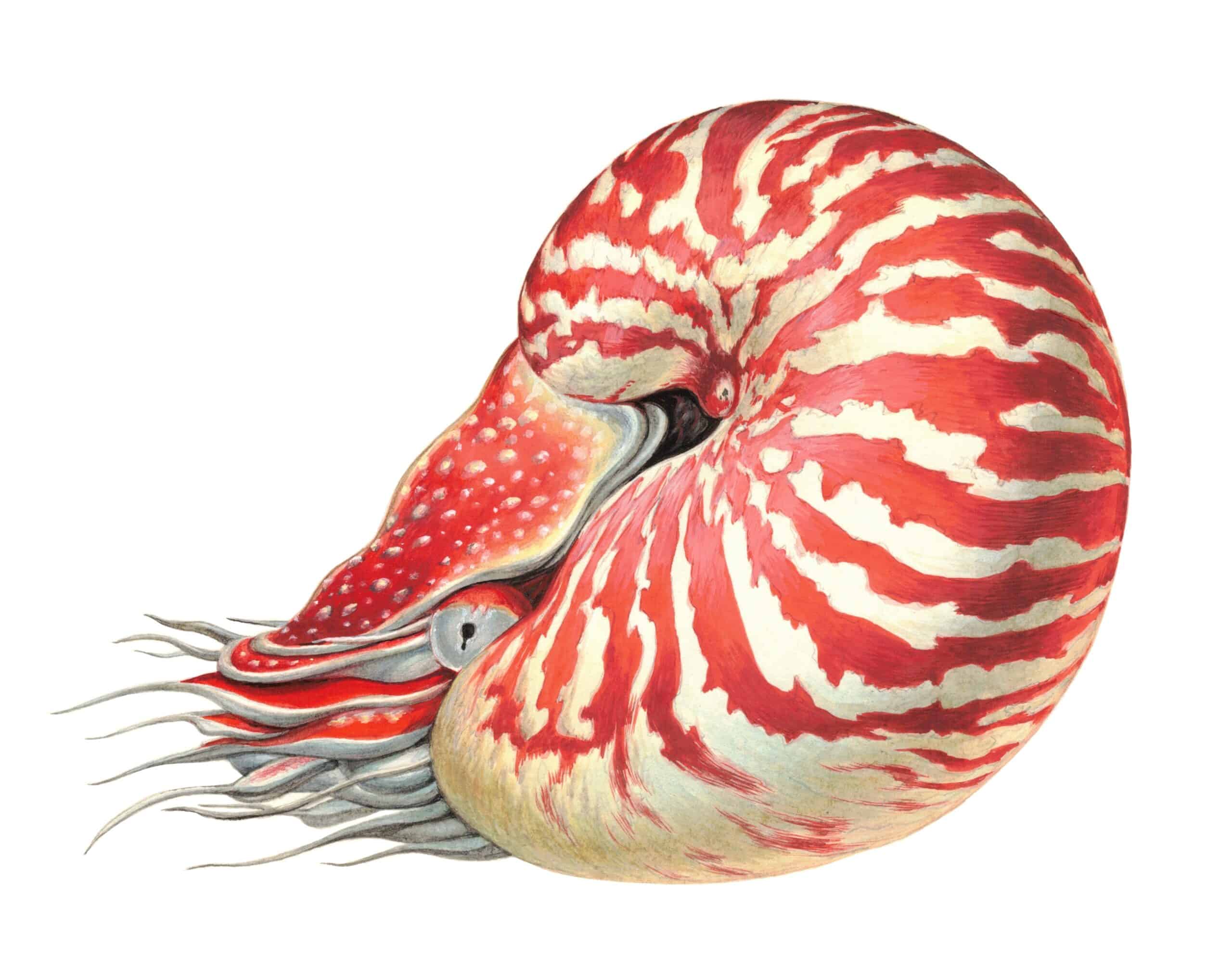
The ocean is a vast, mysterious realm, home to some of the most elusive and fascinating creatures on Earth. Among these are marine mollusks, a diverse group of invertebrates that include squids, octopuses, and snails. Read More.
1940 Jefferson Nickel Value Guide
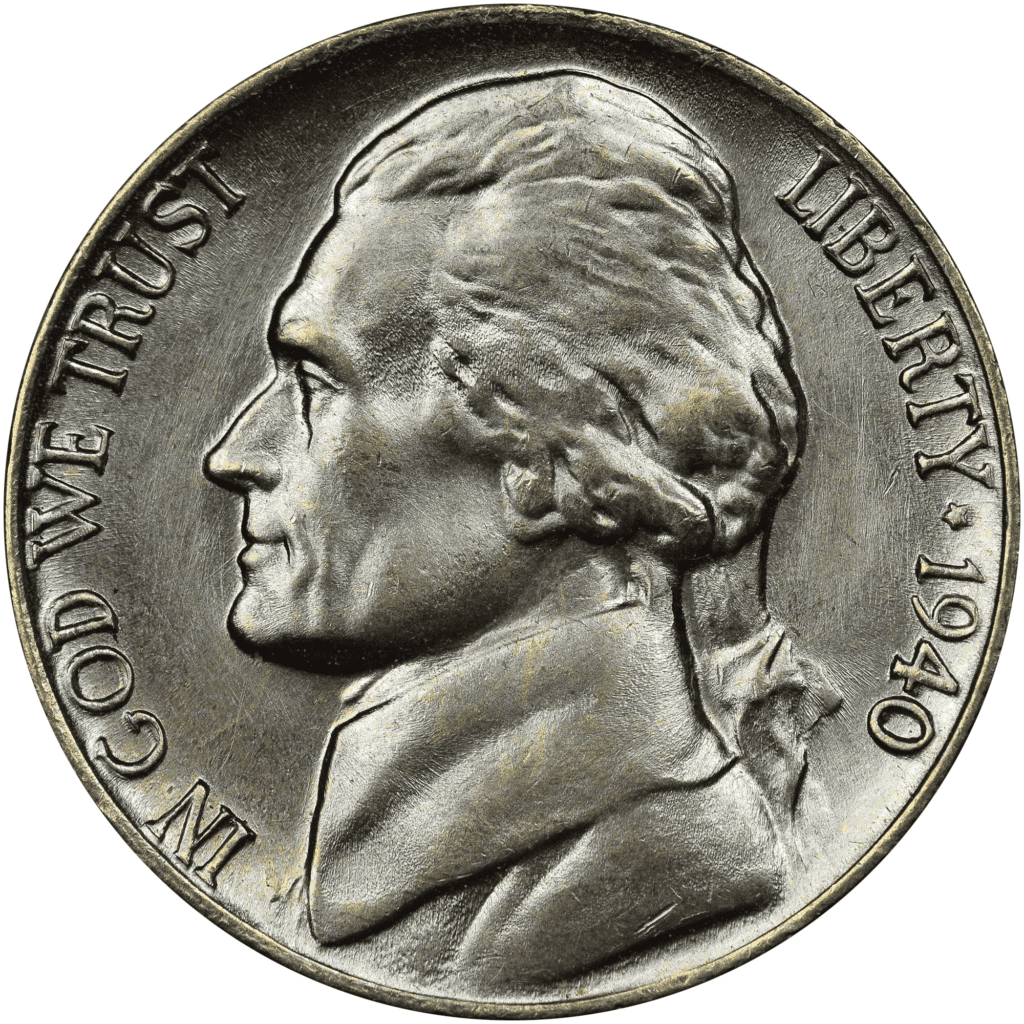
Buffalo nickels were discontinued in 1938, and 5-cent Jefferson nickels were introduced. The bust of former American President Thomas Jefferson that appears on the coin’s obverse inspired their moniker. Read More.
1941 Jefferson Nickel Value Guide
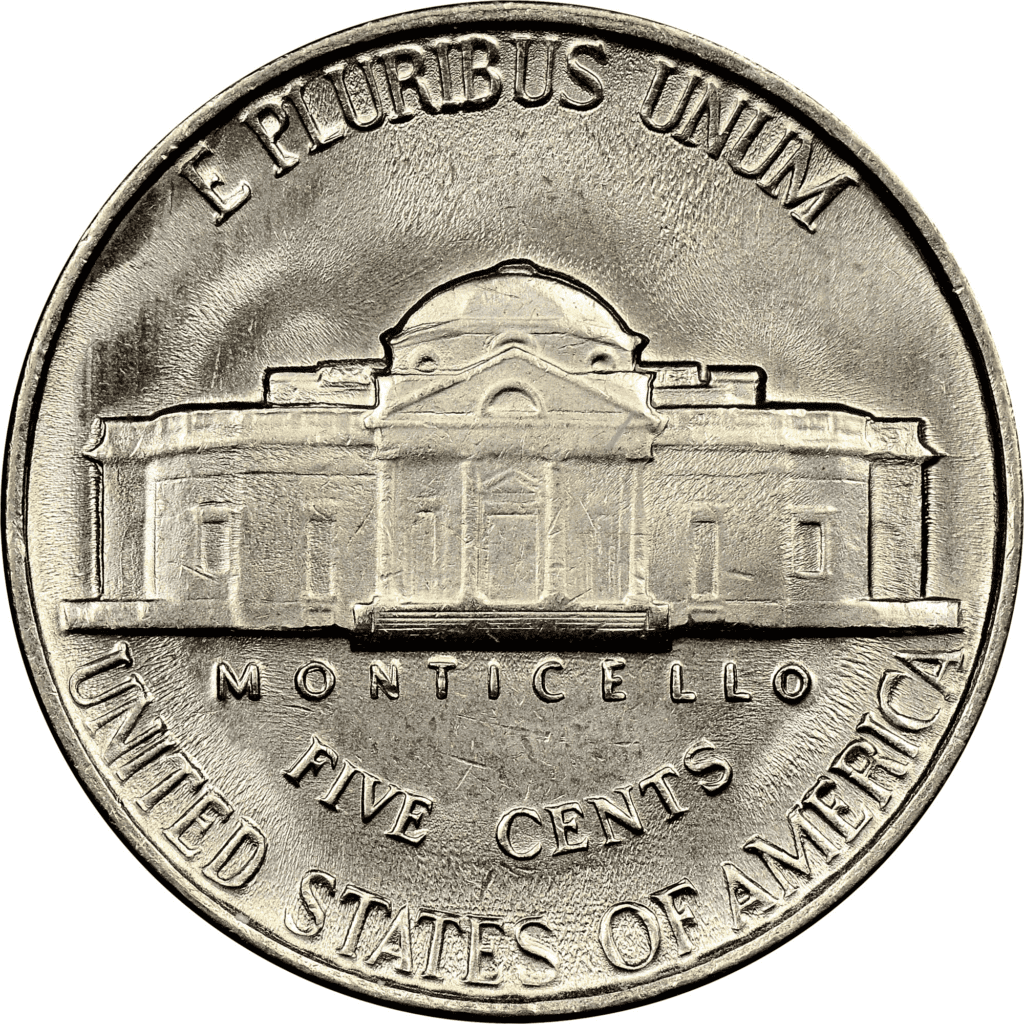
In 1938, the US Mint began striking Jefferson nickels as a replacement for the Buffalo nickels. Because it belongs to a collection of early, pre-war series coins, the value of the 1941 Jefferson nickel is unusually high for a five-cent coin. Read More.
